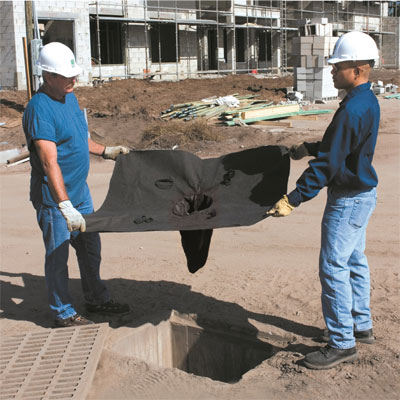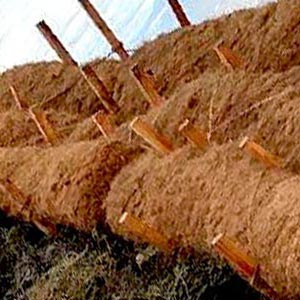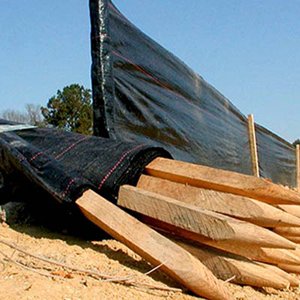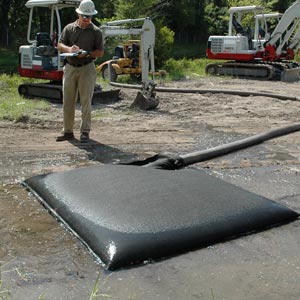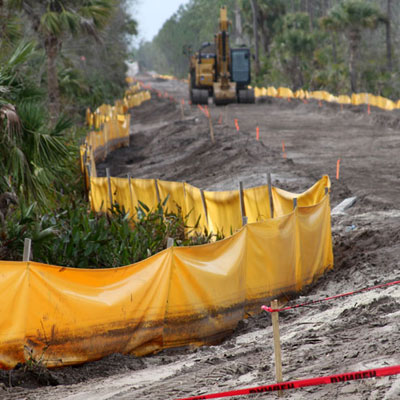
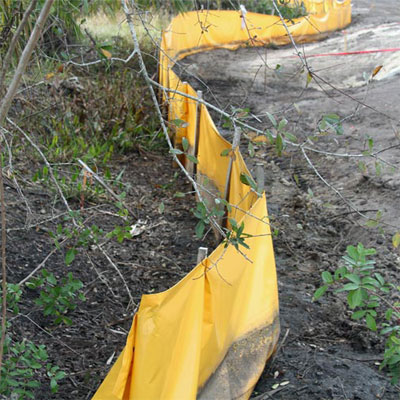
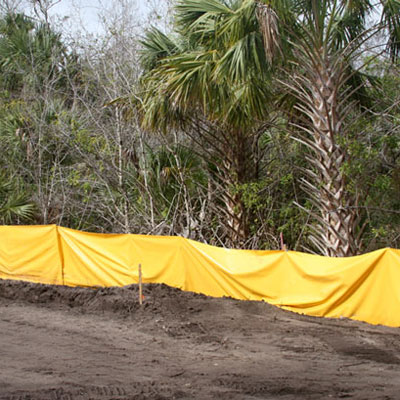
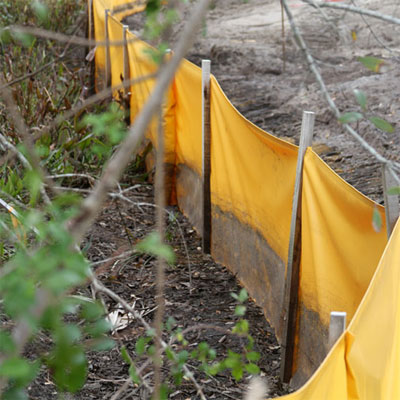
Staked Turbidity Curtain
Erosion Control Fence for Stormwater
Our FDOT-compliant staked turbidity curtain provides reliable sediment control on construction sites, roadside ditches, marsh edges, and retention basins.
Constructed of durable 18 oz. PVC fabric, this staked turbidity barrier functions as a stilted sediment barrier and silt barrier, effectively redirecting stormwater runoff.
As part of our floating & staked turbidity barriers line, it meets all FDOT specifications for performance and ease of installation.
Our friendly staff is here to help you get the exact product you need!
Call Us! 1-863-261-8388Request Quote
Staked Turbidity Curtain Details
This FDOT-compliant staked turbidity curtain uses heavy-duty 18 oz. vinyl-polyester fabric to slow sheet flow, capture suspended solids, and direct stormwater into retention basins. It meets or exceeds FDOT & US DOT specifications, holds firm in up to 18″ of water and on moderate slopes, and is part of our floating & staked turbidity barriers lineup.
Features
- Complies with FDOT & US DOT standards
- 48″ × 100′ panels for broad coverage
- 18 oz reinforced vinyl-polyester fabric
- Available unstaked, pre-staked, or mesh-backed
Benefits
- Contains sediment on any site
- Installs in minutes to save labor time
- Reusable panels reduce replacement costs
- Ensures worry-free DOT compliance
Have Questions? Call Us Now!
Our team is ready to assist you with any inquiries.
Call Us: 1-863-261-8388Staked Turbidity Curtain Specifications
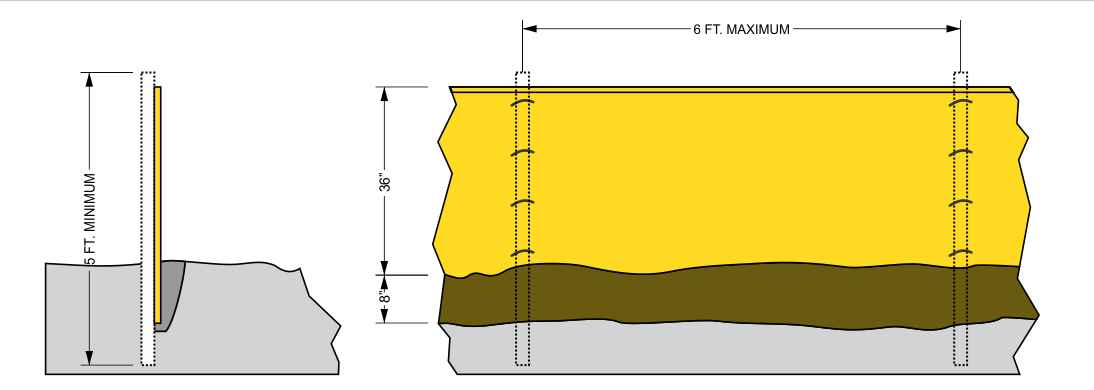
| Property | English | Metric |
|---|---|---|
| Weight | 18 oz/yd2 | 610 g/m2 |
| Standard Dimensions | 44.5 in High x 100 ft | 1.13 m High x 30.5 m |
| Construction | 9 x 9/1 by 840 x 840 | 4 x 4 cm by 924 x 924 |
| Grab Tensile | 281 x 247 lbs / 2" | 1250 x 1100 N / 5 cm |
| Adhesion | 20 lbs / 2" | 90 N / 5 cm |
| Finish | Matte | Matte |
| Cold Crack | -4°F | -20°C |
| Fire Retardent | Self Extinguishing | Self Extinguishing |
Staked Turbidity Curtain Add-Ons
| Stake Options | Pack Options |
|---|---|
| 48" × 100' No stakes | Pack of 9 stakes, or pack of 17 stakes |
| 48" × 100' Pre-staked | 48" × 100' Pre-staked with lattice |
Staked Turbidity Curtain Applications
When you need dependable erosion and sediment control, this FDOT-compliant staked turbidity barrier is up to the task. It integrates seamlessly into any stormwater management plan and pairs with our floating & staked turbidity barriers lineup.
- Construction Sites: Capture suspended solids and manage sheet flow.
- Roadside Ditches: Prevent silt from entering culverts and waterways.
- Marshes & Shallow Water Bodies: Safeguard sensitive habitats during build-outs and maintenance.
- Retention Basins: Funnel runoff into settling areas for easier clean-up.
Have Questions? Call Us Now!
Our team is ready to assist you with any inquiries.
Call Us: 1-863-261-8388Staked Turbidity Curtain Resources
For detailed specifications, compliance info, and installation guidance, download our official product documentation:
Staked Turbidity Curtain FAQs
Unlike permeable silt fences, staked turbidity barriers are made from impermeable PVC fabric, effectively redirecting water flow rather than allowing it to pass through.
Follow these general steps:
- Dig an 8″ trench.
- Set fabric into trench, burying 8″ below grade.
- Place stakes 6′ apart, leaving 36″ above ground.
- Secure fabric to stakes.
- Backfill trench to lock in place.
Yes, with proper maintenance and storage, staked turbidity barriers can be reused for multiple projects.

